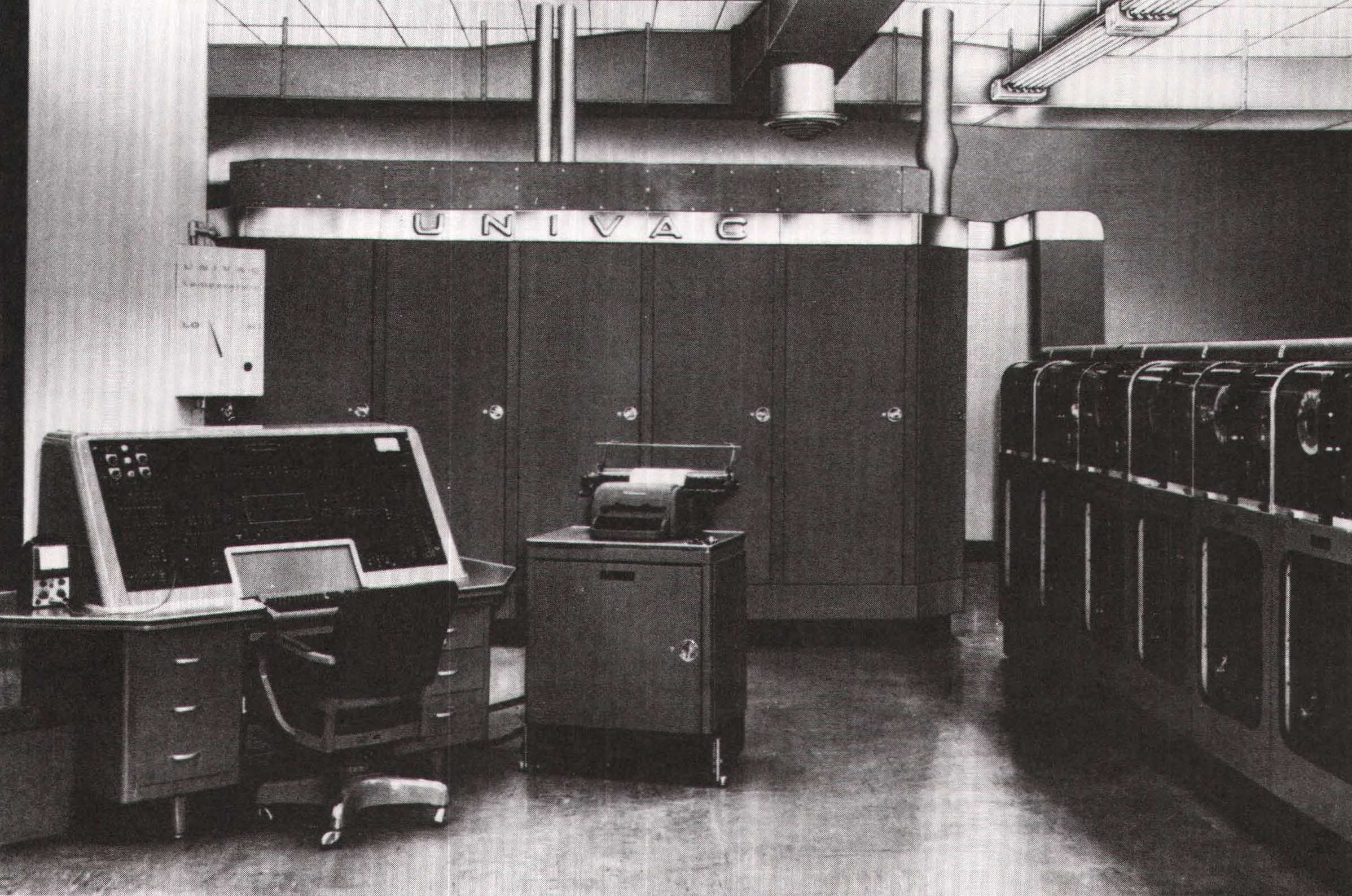
By the summer of 1948, Eckert and Mauchly had five UNIVAC contracts worth about $1 million. The government had upped its order to two, while the Prudential Insurance Company had asked for one and the A. C. Neilsen Company, the well-known market research outfit, had requested two. Nevertheless, Eckert and Mauchly were desperately short of working capital. With only $206,000 in assets, they required at least another $500,000 in funds to meet their contractual obligations. Conventional sources of funding, like Wall Street and the banks, had little faith in their success and wouldn’t touch them on reasonable terms. As a result, Eckert and Mauchly incorporated in December 1948 and began searching for outside investors.
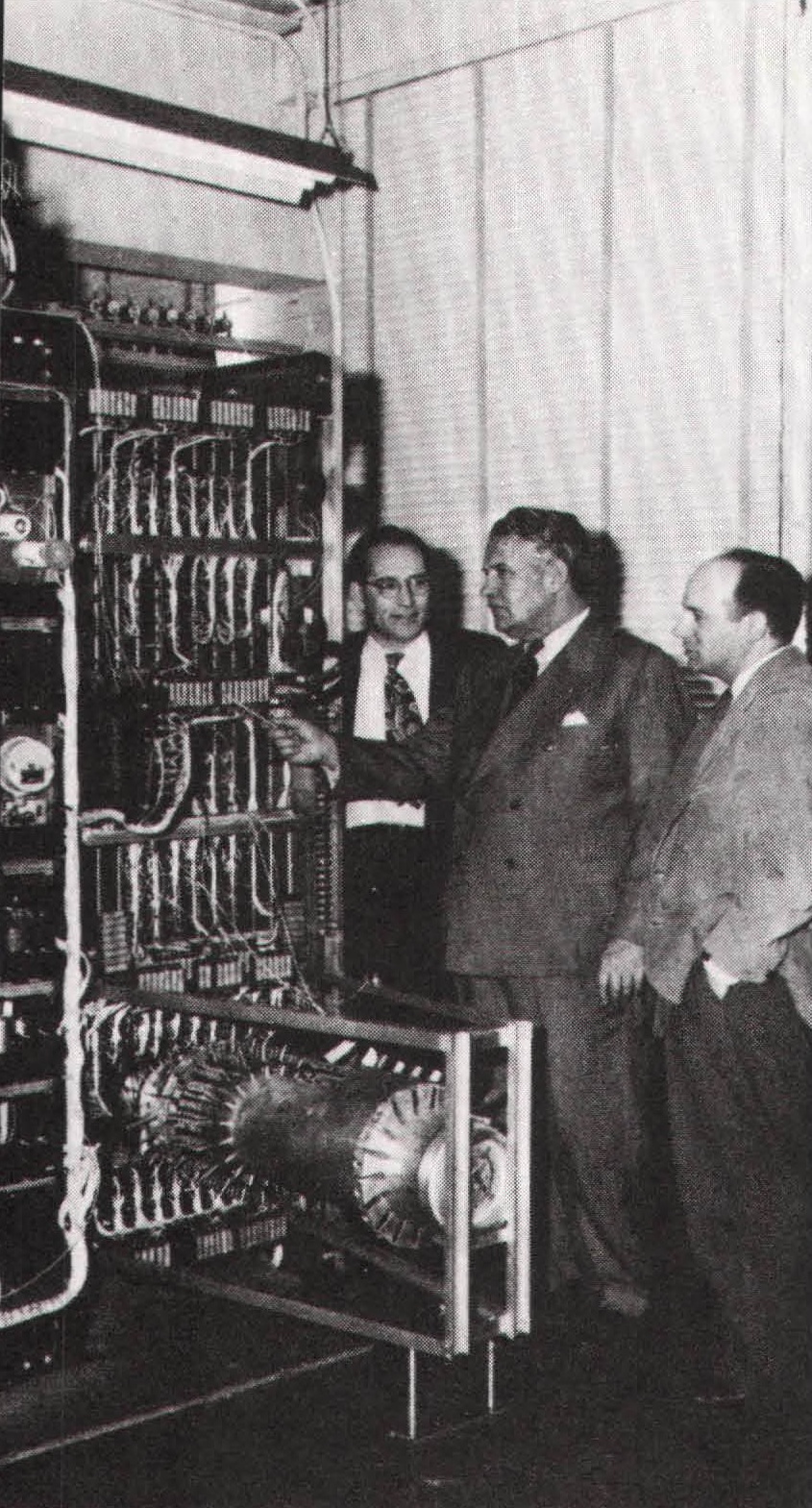
The American Totalisator Company (AmTote) of Baltimore, Maryland, was their savior. It manufactured totalisators, or parimutual machines, for racetracks in England and the United States, and was, in a sense, in a related business. Made of relays, AmTote’s machines automatically calculated the odds for a race and displayed the payoffs to the bettors. Aside from the fancy display boards, totalisators were really special-purpose electromechanical calculators. As the world’s only producer of the machines, AmTote enjoyed a highly lucrative monopoly, leasing the equipment to the racetracks for a small percentage of the take. Technologically, however, the company was in a precarious position, since its patented equipment could easily be replaced by electronic devices; one racetrack manager had already approached Eckert and Mauchly with a request to make such a machine.
Henry I. Straus, co-inventor of the totalisator and the firm’s founder and vice president, decided to hedge his bets and invest in Eckert and Mauchly’s firm, which had been reorganized, in an effort to attract investors, as the Eckert-Mauchly Computer Corporation. In August 1948, AmTote agreed to give the fledgling computer manufacturer $112,000 in loans and to buy 40 percent of the stock for $438,000. In return, Straus, a dynamic electrical engineer who recognized the promise of Eckert and Mauchly’s work, became chairman of the company’s nine-man board and received three other seats on the board. It was an excellent deal for Eckert and Mauchly, since they retained 54 percent of the stock (their employees owned the remaining six) and continued to run the enterprise.
The money kept them afloat for fourteen months. By September 1949, the corporation had 134 employees, a new office building in North Philadelphia, and six UNIVAC contracts. It seemed on the road to success. But Straus was killed in a plane crash the following month and AmTote decided to pull out of the deal. Even if the firm had stayed on, Eckert and Mauchly would have needed much more money, and Straus’s company lacked the great capital resources to support a computer manufacturer. Eckert and Mauchly renewed their search for investors and, after coming up empty-handed, finally realized that they had no choice but to sell out. Several large corporations, like Burroughs, Hughes Aircraft, and National Cash Register, were interested, but Remington Rand, the large office equipment and tabulator maker, made the first offer. Although Eckert and Mauchly stayed on, control passed to Remington Rand in February 1950. (In 1949, Mauchly became the subject of a federal “loyalty investigation.” See the Appendix.)
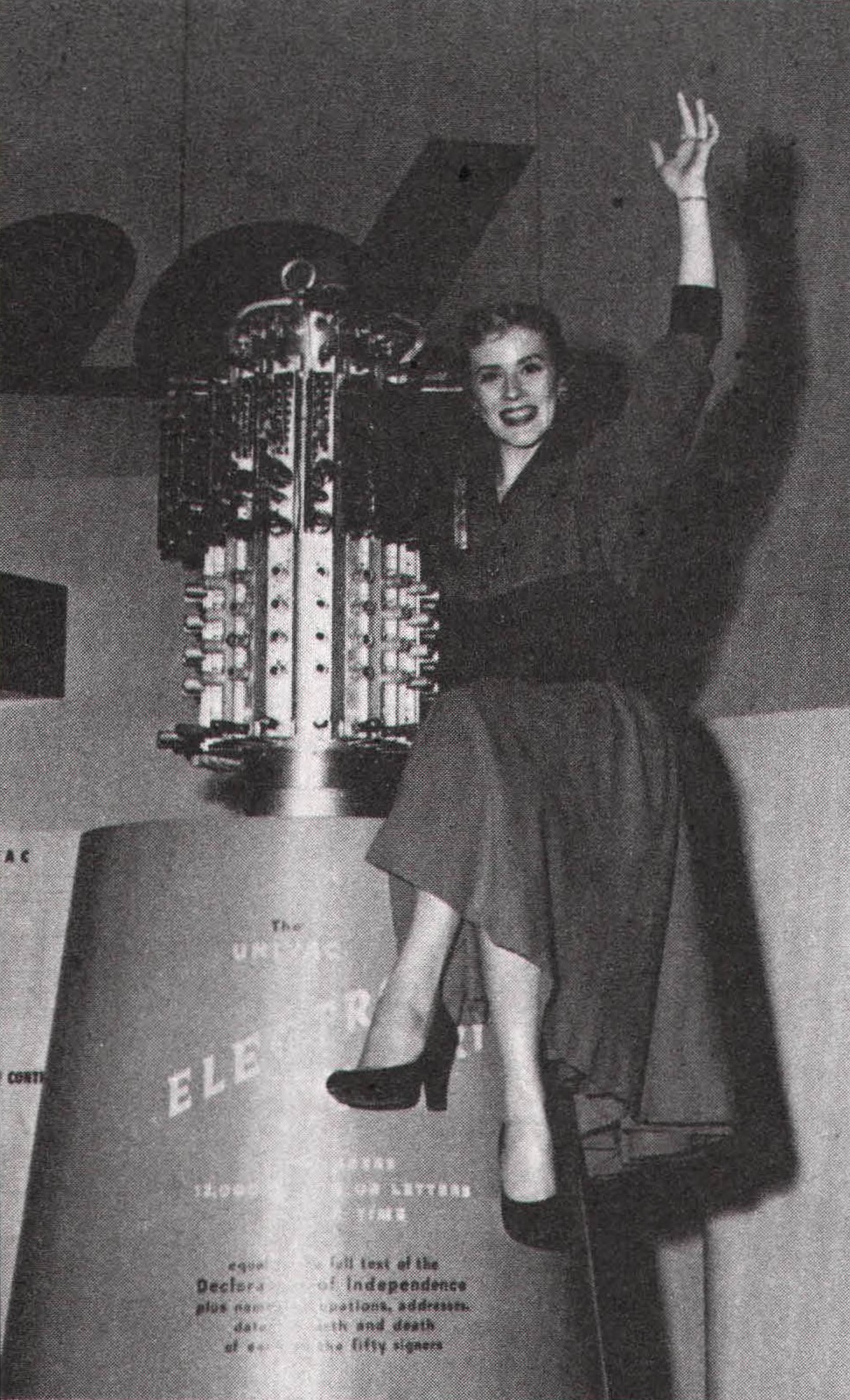
Remington Rand immediately moved to place the firm on sounder financial footing. In addition to injecting some badly needed capital, it sought to renegotiate the six UNIVAC contracts. Declaring that the machines simply couldn’t be produced for less than $500,000 apiece, Rand’s attorneys threatened to tie up the contracts in court unless Prudential, A. C. Neilson, and the NBS accepted the higher price. The government refused to yield, but Prudential and A. C. Neilsen, which had agreed to buy UNIVAC for a paltry $150,000 each, decided to cancel their contracts. Their money was returned and they eventually turned to the competition – IBM, which put a computer on the market in April 1953. In March 1951, about six years after ENIAC was completed, Eckert and Mauchly’s long struggle was over and the first UNIVAC was delivered to the Census.
Since Eckert and Mauchly were most familiar with decimal- based electronic systems, UNIVAC, though a true computer, was based on decimal math. As a result, it used more tubes 5,000 – and occupied far more space than a comparable binary machine. (The processor was fourteen and a half feet long, seven and a half feet wide, and nine feet tall – ten times larger than the IAS’s binary computer.) However, it was quite fast, with an internal drumbeat of 2.25 million pulses a second and the ability to add two twelve-digit numbers in 120 microseconds or multiply them in 1,800 microseconds. The comparable addition time for ENIAC was 200 microseconds. UNIVAC’s memory capacity was the most impressive thing about it. The machine could store 12,000 digits or alphabetical characters in random-access mercury delay lines and millions more in magnetic tape. And it could process ten tapes at a time, each tape storing more than a million characters.
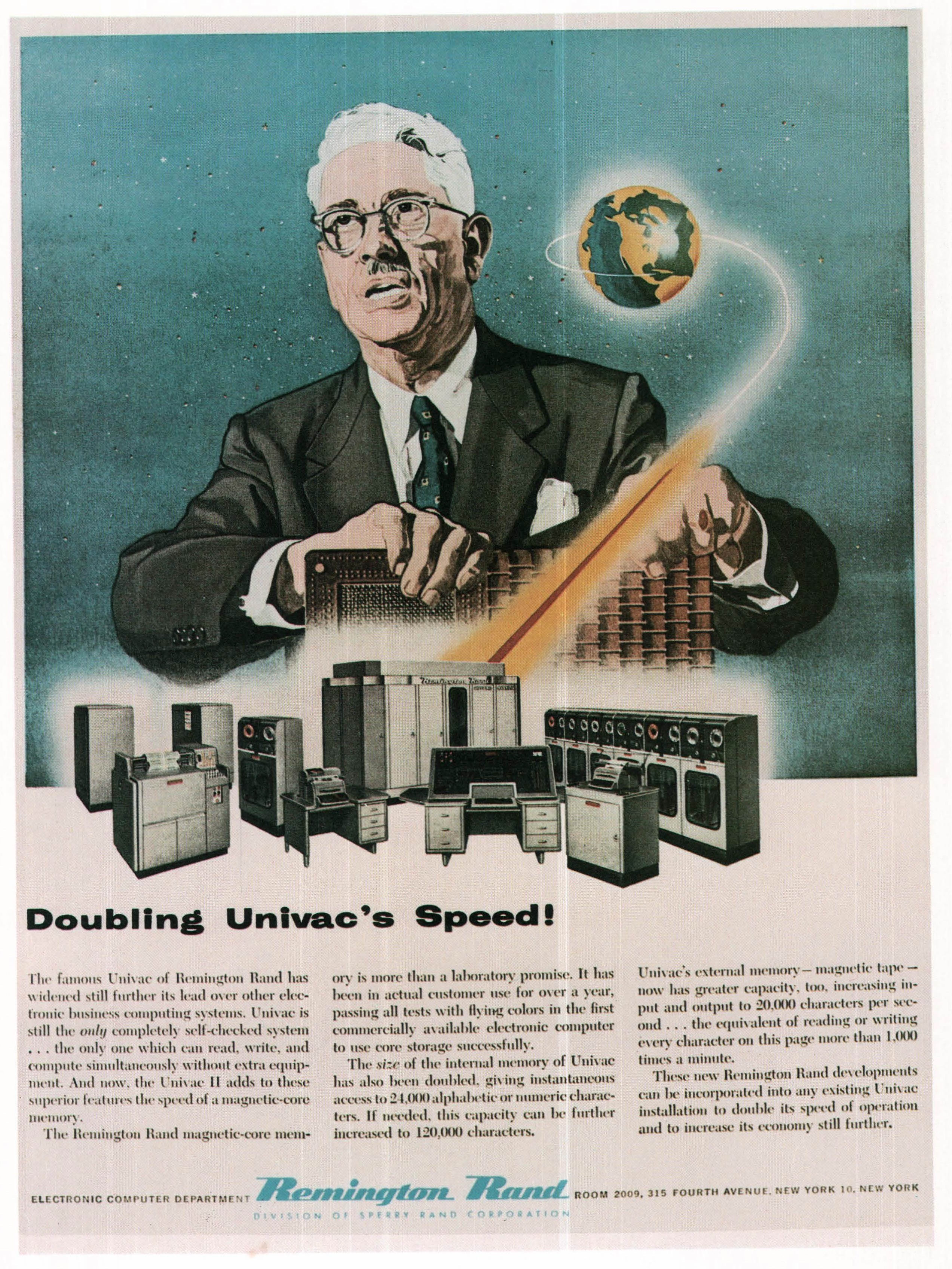
As the first commercial computer system in America, UNIVAC made quite an impression on the public. (And on industry too, which eventually bought forty-six of them.) At the suggestion of Remington Rand, CBS-TV used a UNIVAC to predict the outcome of the 1952 presidential election. A predictive program was written, and the election results for thousands of voting districts in 1944 and 1948, as well as state-by-state results dating back to 1924, were fed into the machine. One UNIVAC was shipped to CBS’s New York studios to serve as a stage prop, and a second UNIVAC at Remington Rand in Philadelphia was assigned to perform the computations. A third machine was on call as a backup in case of technical difficulties.
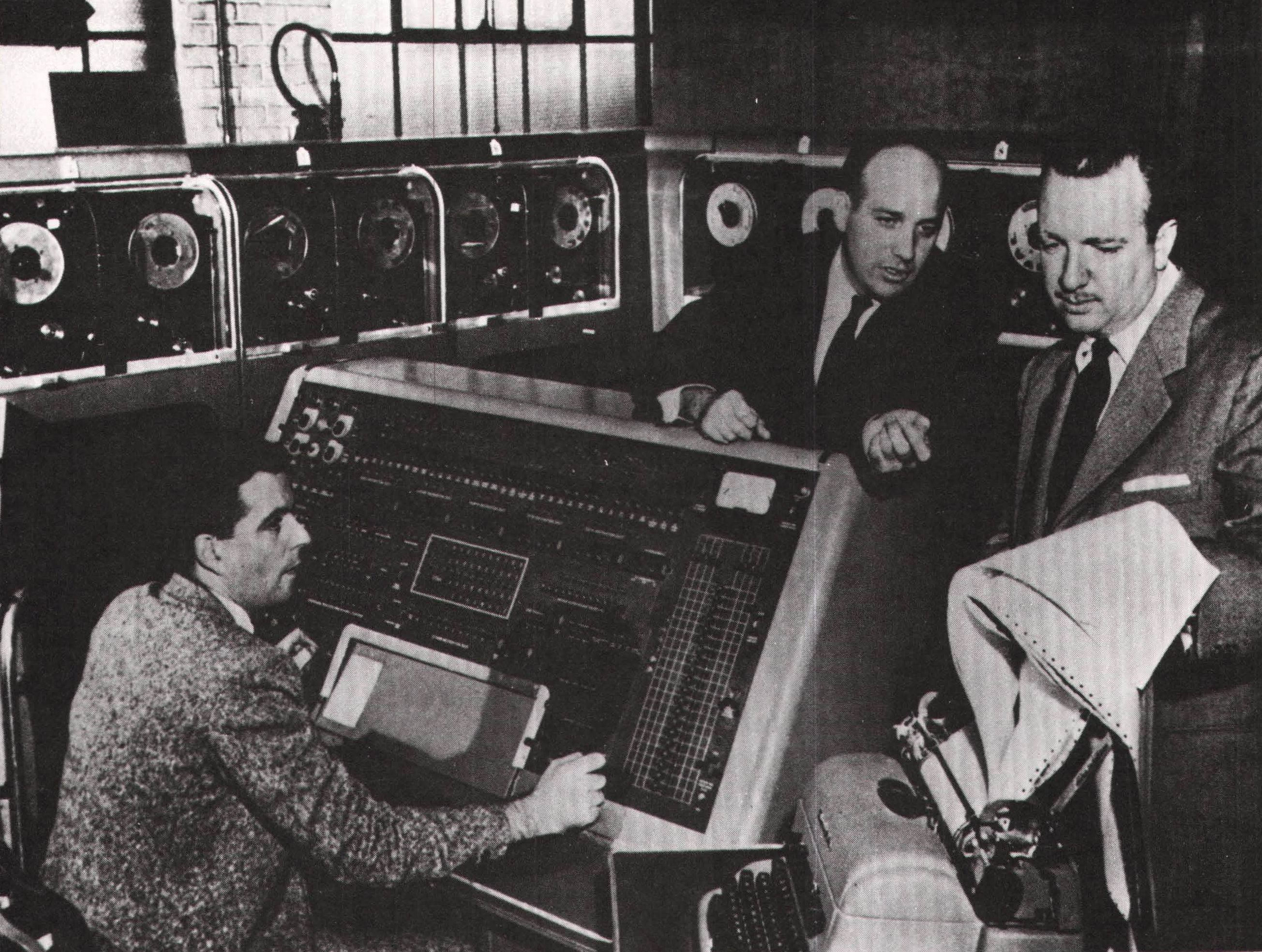
At 9 P.M. Eastern Standard Time, with only 7 percent of the vote in, UNIVAC awarded 43 states and 438 electoral votes to Eisenhower and 5 states and 93 electoral votes to Stevenson. Most pollsters had forecast a close election, and the programmers, fearing that they had made a mistake, decided not to release this prediction. Instead, they reprogrammed the machine to render a more conservative judgment. This time, UNIVAC called the election a toss-up, with Eisenhower slightly ahead, and this result was broadcast at about 10 P.M. As the returns poured in, however, it was obvious that UNIVAC had been right in the first place, and the original prognostication was announced at midnight. The final election tally was 442 electoral votes for Ike, 89 for Stevenson – only a few votes off UNIVAC’s prediction. “The trouble with machines,” said CBS commentator Edward R. Murrow, “is people.”